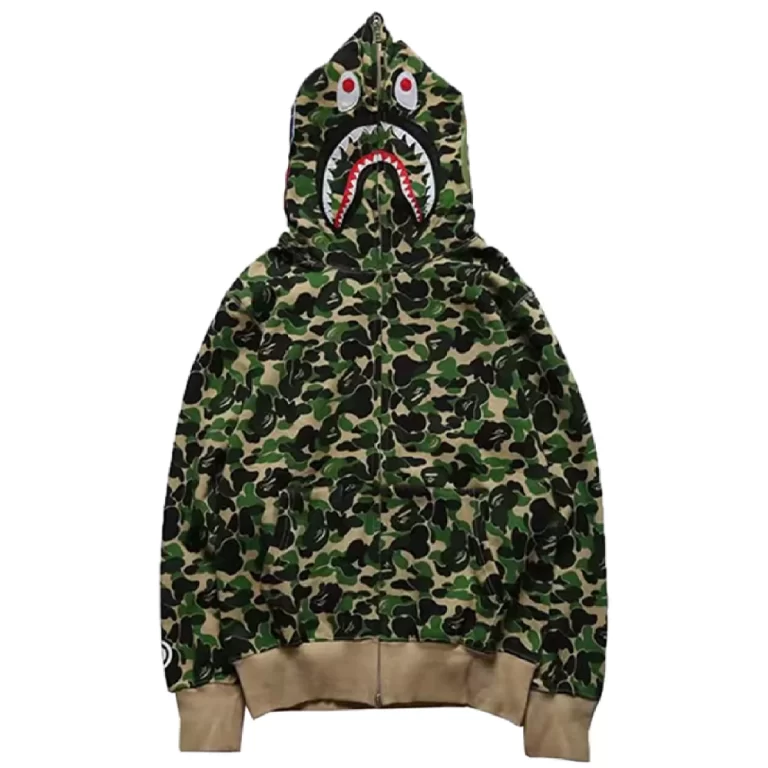In a world where fashion trends come and go, one aspect of women’s attire has remained constant yet ever-evolving: underclothes Lingerie. From the restrictive corsets of the Victorian era to the liberating bralettes of today, women’s intimates have undergone a fascinating journey through history. Delving into this intimate realm unveils not just changes in style and functionality but also reflects societal norms, technological advancements, and shifting perceptions of femininity. Join us as we embark on a time-traveling adventure through the evolution of undergarments, exploring how these seemingly small pieces of clothing have made a big impact on the lives and bodies of women throughout the centuries.
Ancient Beginnings: Early undergarments in history
In ancient times, undergarments served not only as a means to cover one’s body but also held significant cultural and social connotations. The earliest known undergarments date back to ancient Egypt and Mesopotamia, where both men and women wore loincloths made of linen or animal hides. These garments provided protection from the elements and symbolized modesty and status within society.
Moving forward to Ancient Rome, we see the evolution of undergarments introducing more intricate designs such as tunics and strophiums (a form of bra). Women in Ancient Rome often wore bandages or strips of cloth around their chests for support, reflecting the importance placed on physical appearance and fashion even in early civilizations. This highlights how undergarments have always been intertwined with cultural norms, societal values, and individual expression throughout history.
Corsets and petticoats fashion
Corsets and petticoats have been integral components of women’s fashion for centuries, shaping silhouettes and creating a sense of elegance. While corsets were once viewed as constricting garments promoting unrealistic beauty standards, modern interpretations emphasize comfort and body positivity. The resurgence of corsets as outerwear in contemporary fashion showcases a shift towards embracing individuality and self-expression.
Similarly, petticoats have evolved from voluminous underskirts to delicate layers that add texture and movement to outfits. The revival of petticoats in recent years signals a return to feminine silhouettes and a celebration of vintage aesthetics. By combining corsets and petticoats in modern ensembles, women can explore historical fashion influences while infusing their personal style into timeless pieces.
20th Century: Rise of the Underclothes Industry
In the 20th century, the underclothes industry experienced a remarkable rise driven by changing social norms and advancements in textile technology. As women’s fashion evolved towards more form-fitting styles, undergarments became increasingly important for shaping and supporting the body. The invention of new materials like nylon revolutionized lingerie production, paving the way for a wide variety of stylish and comfortable options.
During this era, iconic figures such as Marilyn Monroe popularized lingerie as outerwear, breaking taboos and setting trends that continue to influence modern fashion. The mid-20th century saw a shift towards more functional yet fashionable undergarments, with brands like Maidenform leading the way in creating innovative designs. This period not only marked the commercialization of intimate apparel but also reflected changing attitudes towards femininity and self-expression through clothing choices.
Future Innovations: Technology in intimates
In the realm of intimates, technological advancements are reshaping the way we think about comfort, support, and style. From high-tech fabrics that regulate body temperature to smart bras that adapt to your movements, the future of undergarments is all about innovation. Imagine a world where lingerie can monitor your health metrics or underwear that seamlessly integrates with your smart devices for personalized recommendations.
The blending of fashion and technology in intimates opens up endless possibilities for enhancing both physical comfort and emotional well-being. As sensors become smaller and more discreet, it’s only a matter of time before our undergarments can actively support our daily activities in ways we never thought possible. Whether it’s self-adjusting straps or moisture-wicking properties embedded at a molecular level, the fusion of tech and intimate wear promises a revolution in how we interact with our most personal apparel.
Sustainability in the Underwear Industry
In recent years, the underwear industry has started to prioritize sustainability as a key factor in production. This shift is driven by the increasing consumer demand for eco-friendly products and the industry’s acknowledgement of its environmental impact. Companies are now exploring innovative materials like organic cotton, bamboo, and recycled fabrics to manufacture undergarments that are not only comfortable but also environmentally conscious.
One emerging trend is the use of biodegradable materials in lingerie and undergarments. Brands are experimenting with plant-based fibers that decompose naturally, reducing the waste generated by traditional synthetic fabrics. Additionally, some companies are incorporating sustainable practices throughout their supply chain, from ethical sourcing of materials to eco-friendly packaging solutions. By focusing on sustainability, the underwear industry is not only reducing its carbon footprint but also setting new standards for ethical production in fashion.
Conclusion
In conclusion, the evolution of women’s intimates offers a fascinating glimpse into the changing societal norms and ideals over the centuries. From restrictive corsets to modern bralettes, underclothes have mirrored women’s shifting roles in society and their quest for comfort and self-expression. As we move forward, there is an exciting trend towards inclusivity and diversity in lingerie design, reflecting a more inclusive understanding of beauty and femininity.
Looking ahead, sustainable practices are becoming increasingly important in the fashion world, including the realm of women’s intimates. Eco-friendly materials, ethical production methods, and body-positive marketing campaigns are shaping the future of undergarments. Ultimately, as women continue to assert their autonomy and celebrate their bodies in all shapes and sizes, the evolution of women’s intimates will undoubtedly follow suit – celebrating individuality while embracing history and innovation side by side.


















+ There are no comments
Add yours